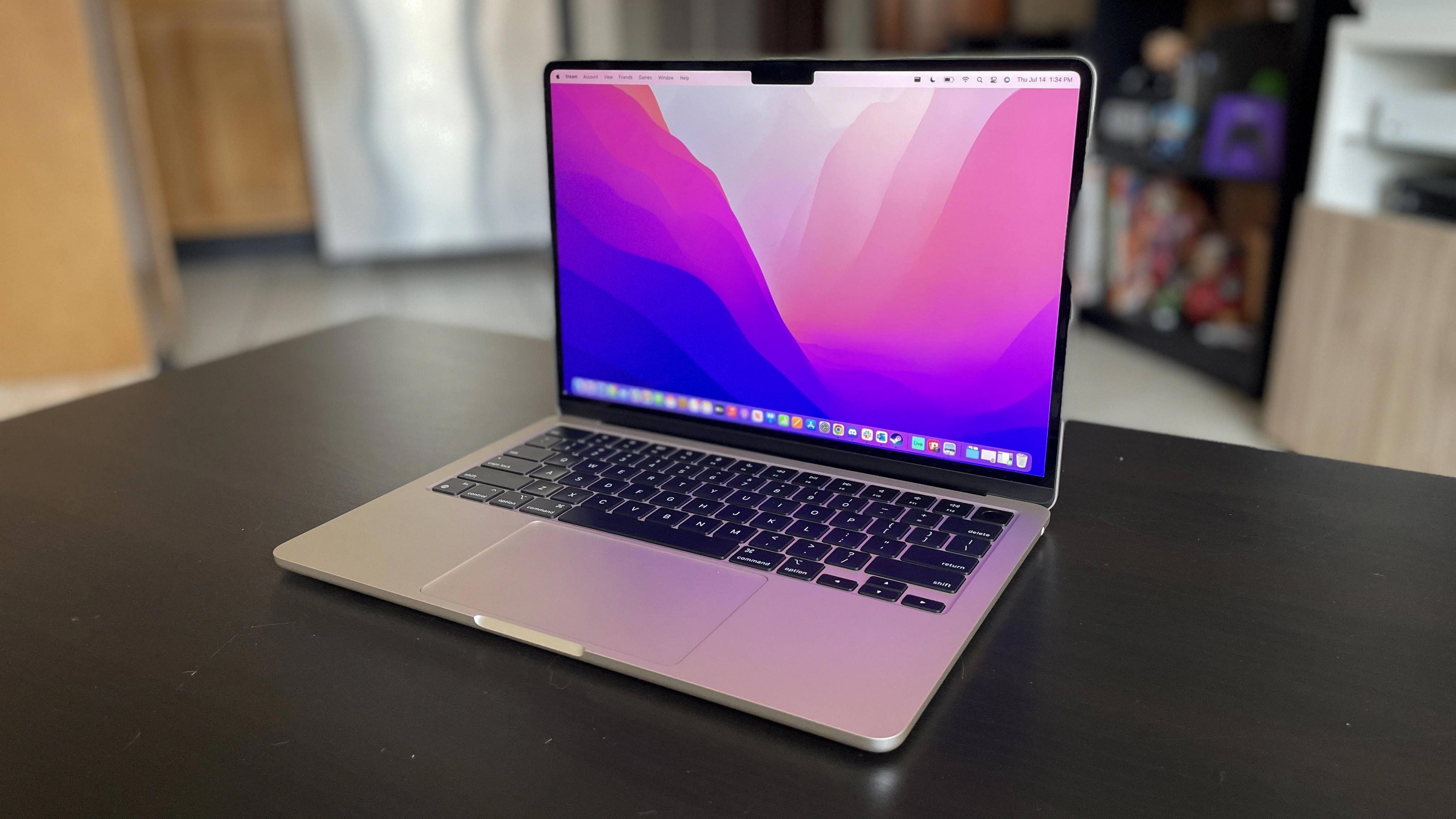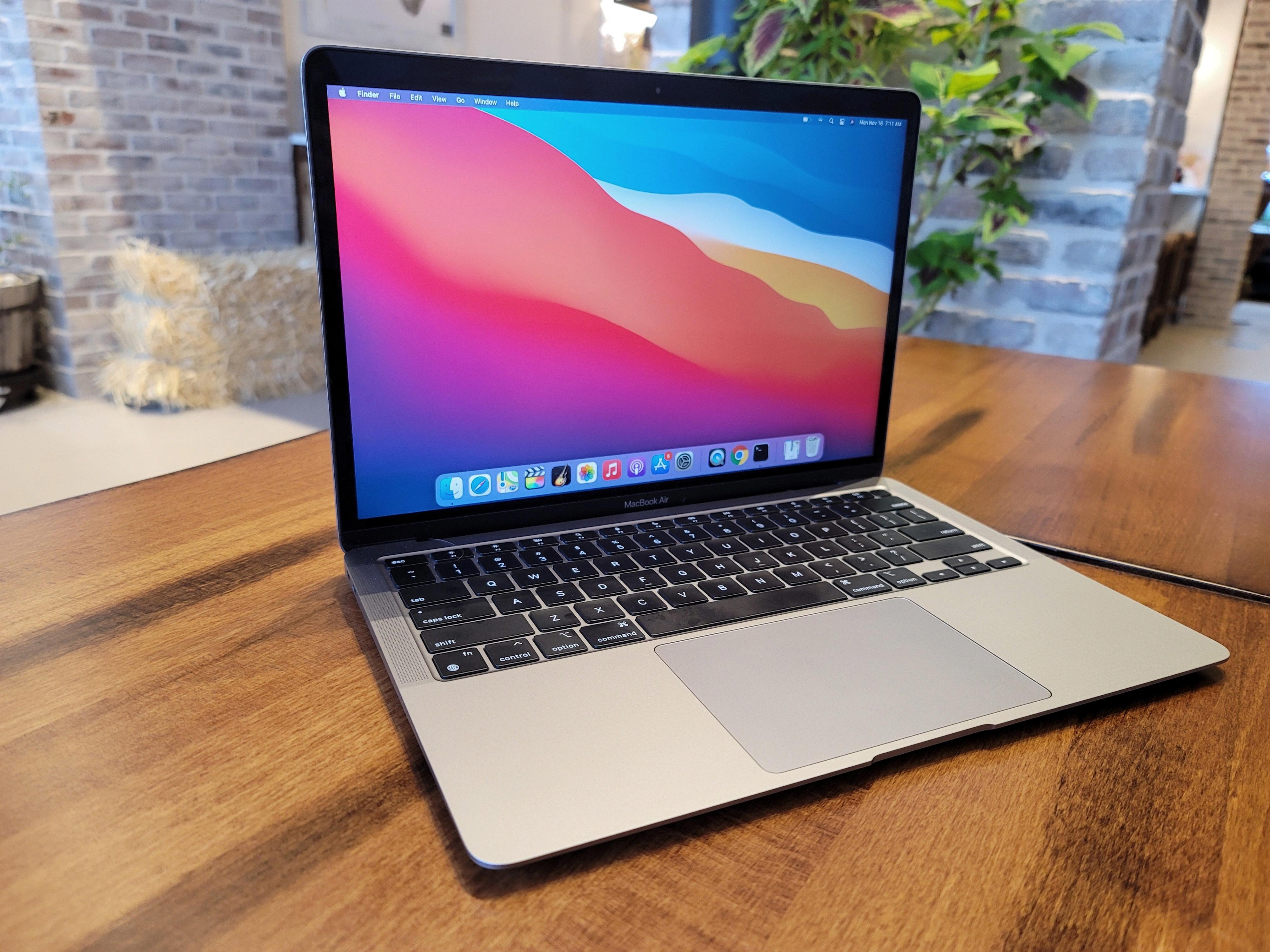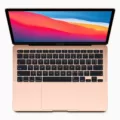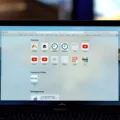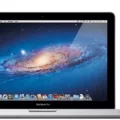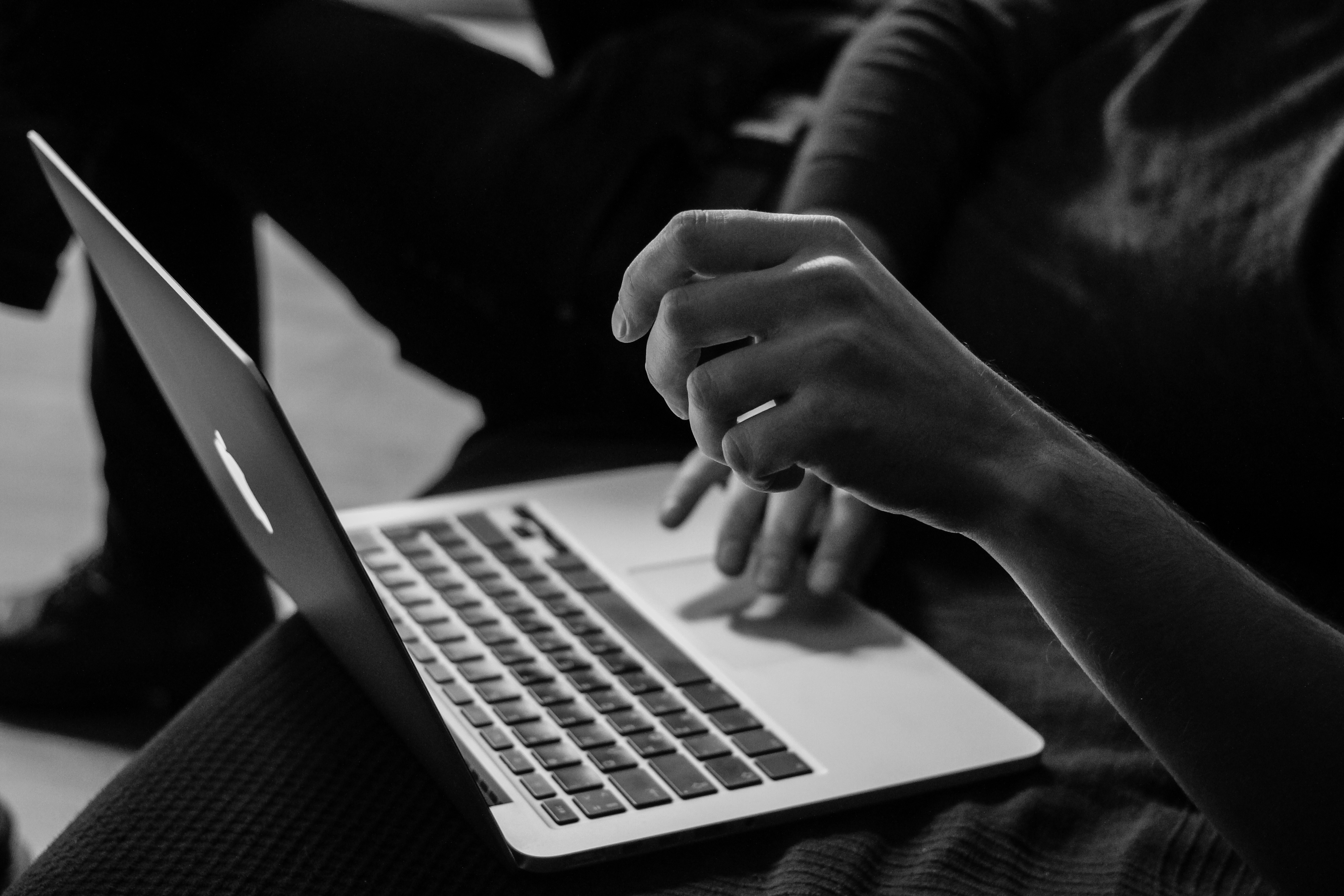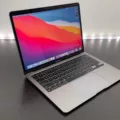Are you having trouble with your Macbook Pro or Macbook Pro Touch Bar? Is your computer not turning on, running slow, or the trackpad not working? It may be time to reset the System Management Controller (SMC) of your Mac.
The SMC is an important part of your Mac’s hardware that controls things like power management and fan speeds. Resetting the SMC can help with a wide range of issues and can even increase battery life. Here are some easy steps you can take to reset the SMC on a Macbook Pro or Macbook Pro Touch Bar:
1. Shut down your laptop by holding down the power button for at least 10 seconds.
2. For a wired connection, disconnect the AC adapter from your laptop and any wall outlet it may be connected to.
3. For a wireless connection, remove all batteries from the device (if applicable).
4. Wait 15 seconds and then reinsert any batteries (if applicable).
5. Reconnect the AC adapter to your laptop and wall outlet if necessary.
6. Press and hold all of the following keys: Control on the left side of your keyboard, Option (Alt) on the left side of your keyboard, and Shift on the right side of your keyboard for 7 seconds. Then press and hold the power button as well for another 7 seconds before releasing all four keys together at once. Your laptop should turn back on after this process is complete!
7. Immediately press and hold the Option, Command, P, and R keys for 20 seconds during which time your Mac will appear to restart again with a gray startup screen appearing first before anything else happens. Once you’ve done this step successfully, let go of all four keys at once!
8. Finally, press and hold the left Shift key, left Option key, and left Control key for 7 seconds while pressing and holding down the power button for another 7 seconds before releasing all three keys at once along with the power button afterward! This should reset any settings that may have been causing problems in addition to resetting any hardware components related to SMC operations such as fan speeds or brightness settings etcetera Depending on what type of MacBook Pro or MacBook Pro Touch Bar you have—you should see improved performance after completing this step!
By following these simple steps, you should be able to restore your MacBook Pro or MacBook Pro Touch Bar’s normal behavior quickly without having to call a technician or take it to an Apple store! Have fun exploring all that these devices have to offer—good luck!
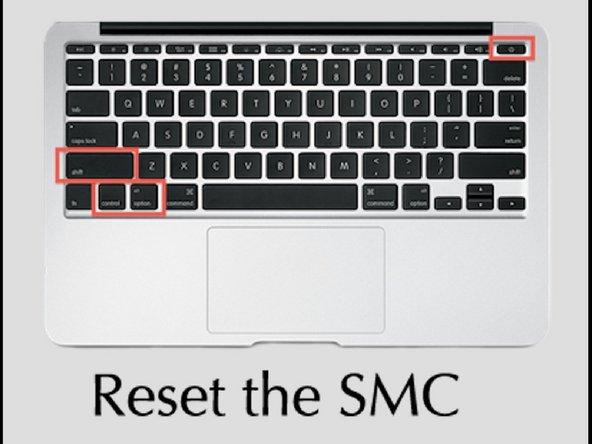
Resetting the SMC on a MacBook Pro with Touch Bar
To reset your SMC (System Management Controller) on a MacBook Pro with Touch Bar, you’ll first need to shut down the computer. Once it is completely powered off, press and hold the power button for 10 seconds. Then release the power button and wait a few seconds before pressing it again to turn your computer back on. If you’re still having issues with your SMC, you can also try resetting it by holding down Control + Option + Shift + Power for 7 seconds. This should cause your Mac to turn on.
Resetting the SMC and PRAM on a MacBook Pro
To reset your SMC (System Management Controller) and PRAM (Parameter Random Access Memory) on your MacBook Pro, follow these steps:
1. Shut down your Mac by pressing and holding the power button for 10 seconds.
2. Press the power button to turn your Mac back on. Immediately press and hold the Option, Command, P, and R keys on your keyboard. You need to press this key combination before the gray screen appears or it won’t work.
3. Hold down these keys for 20 seconds, during which time your Mac will appear to restart.
4. After 20 seconds have passed, release all the keys and let your Mac boot up normally. This will reset both your SMC and PRAM settings on your MacBook Pro.
Resetting SMC PRAM and NVRAM on a MacBook Pro Touch Bar (2016)
To reset the SMC and PRAM/NVRAM on a 2016 MacBook Pro with Touch Bar, you’ll need to shut down your Mac, then follow these steps:
1. Press and hold the left Shift key, the left Option key, and the left Control key for 7 seconds.
2. Keep holding those keys while you press and hold the power button for another 7 seconds.
3. Release all three keys and the power button, then wait a few seconds. Your Mac should turn back on as normal, but with your settings reset to their defaults.
Resetting SMC Without Power Button
To reset your SMC without the power button, you will need to disconnect the battery from the device. First, make sure that your device is turned off and unplugged from any power source. Then, locate the battery in your device and carefully remove it. If you are unsure of how to do this, refer to your device’s user manual for instructions. Once the battery is removed, leave it out for at least 15 seconds before reconnecting it. This will allow the SMC to reset itself and should fix any issues you may be having with your device.
Fixing an Unresponsive Touch Bar on Mac
If you’re having issues with your Mac’s Touch Bar not responding, there are several steps you can take to try and fix the issue.
1. Restart your MacBook: This is the simplest and most common solution to any problem. Simply shut down your machine and wait a few seconds before powering it back up again. This may help reset any software or hardware issues that are causing the problem.
2. Reset the touch bar and control strip: You can reset the Touch Bar and Control Strip from within System Preferences > Keyboard > Customize Touch Bar. From here, select Restore Defaults at the bottom of the window.
3. Check your settings: Make sure that all of your settings for both the Touch Bar and Control Strip are correct, such as brightness, volume, etc. Also, make sure that none of them are turned off or disabled by mistake.
4. Update macOS to the latest version: Make sure that you have installed all available updates from Apple for macOS on your Macbook Pro as this may help resolve any software-related issues causing unresponsiveness in the Touch Bar or Control Strip.
5. Reset your Mac’s SMC and NVRAM/PRAM: If all else fails, you should try resetting both SMC (System Management Controller) and NVRAM/PRAM (Non-Volatile Random Access Memory/Parameter RAM). You can find instructions on how to do this online depending on your particular model of Macbook Pro – just make sure to follow them carefully!
Resetting SMC on Mac Without T2 Chip
To reset the System Management Controller (SMC) on a Mac without a T2 chip, you need to first shut down the computer. Once the computer is off, press and hold the Control key (on the left side of your keyboard), Option key (also on the left side of your keyboard), Shift key (on the right side of your keyboard), and Power button (on the right side of your keyboard). Keep holding all four keys for 10 seconds, then release them and use the power button to turn on your computer. This should reset the SMC and restore normal functionality.
Resetting the SMC on a MacBook Pro
Yes, MacBook Pro does have the ability to reset the System Management Controller (SMC). To do so, shut down your Mac, then press and hold the power button for 10 seconds. Release the power button and wait a few moments for your Mac to start up normally. This will reset the SMC and should resolve any issues you’re having with your Mac’s power management.
Does Resetting the SMC on Mac Delete Data?
No, resetting the SMC on a Mac does not delete any of your data. It is simply a process to reset certain settings related to power management, such as the system’s temperature and fan speed. When you reset the SMC, you are essentially telling your Mac to “forget” how it was previously set up and instead start fresh with the default settings. However, when installing macOS Ventura or Monterey, or upgrading your existing macOS version to one of these two versions, you may lose some of your data during the installation process.







